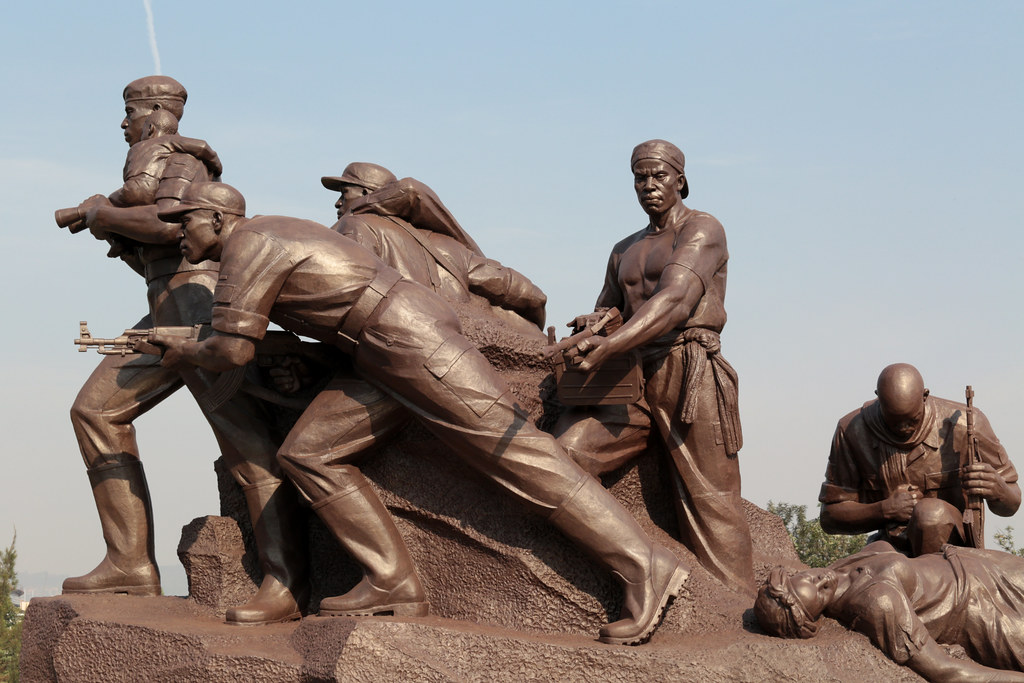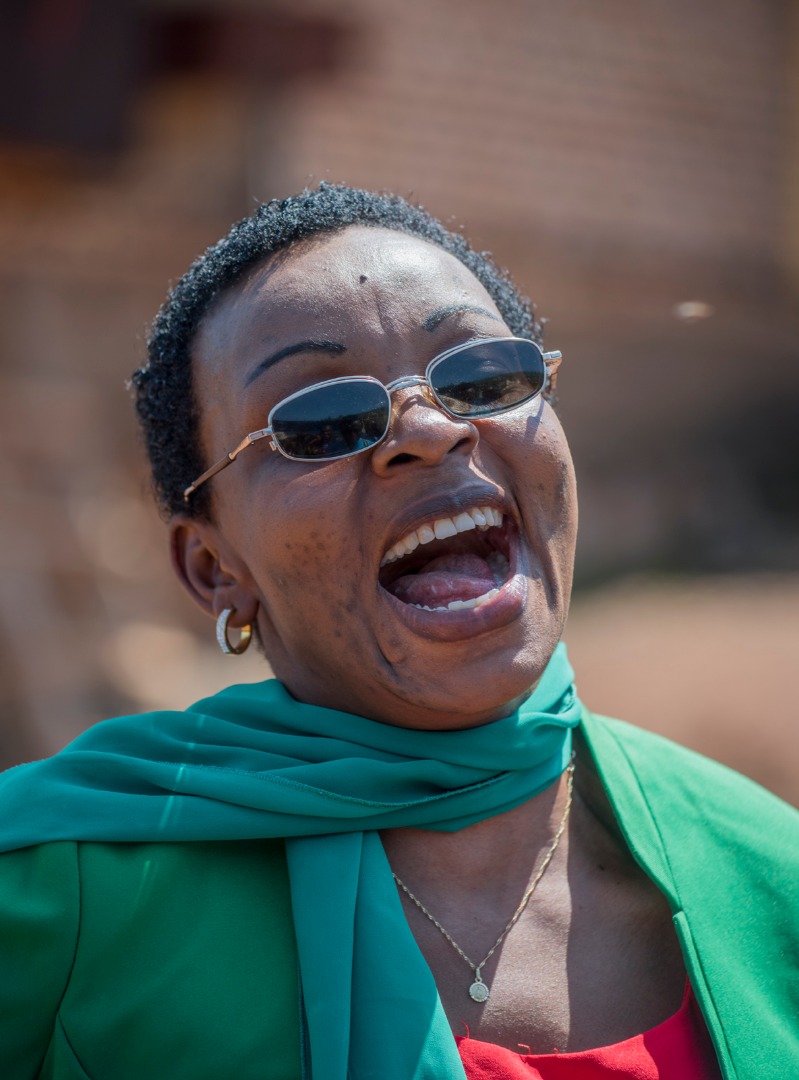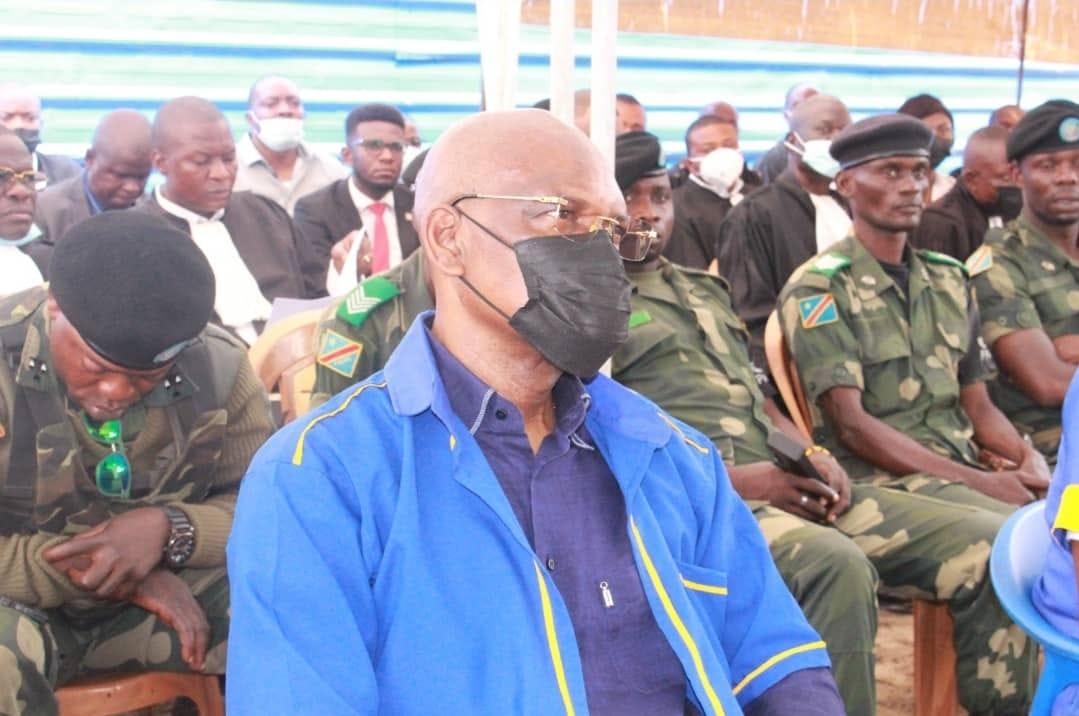Regional
How Patriotism rescued Rwanda

The patriotic
yet outnumbered Rwandan young men and women launched a liberation war on
October 1, 1990, despite ill-equipped comparing to then Rwandan government
forces (FAR). Their sole mission was to fight for the return of democracy, rule
of law as well as ending the problem of refugees who had lived in exile almost
for three decades without being allowed to return to their motherland.
Motivated
by patriotism, the Rwanda Patriotic Army (RPA), an armed wing of the Rwanda
Patriotic Front (RPF-Inkotanyi), started the hard and complex struggle to fight
against the bad regime that discriminated Rwandans in different sectors
including schools, jobs, political and military sphere; while others like the
Bagogwe were massacred in 1992.
Driven
by the desire to bring a democratic change, in 1987, the RPF came to life,
which was reformation of the Rwandese Alliance for National Unity (RANU).
The
latter was formed in 1979, in Nairobi, Kenya, by exiled Rwandans to mobilize
against the divisive politics of the first and second Rwandan republics. It
wasn’t as easy as it sounds. It required sacrifice, courage and strength to
organize and attend meetings in an unfavorable environment, in the different
foreign countries they lived in.
Owing
to the RPF agenda, women and youth cadres were formed as one way of mobilizing
and lecturing Rwandan refugees about the party’s manifesto, role of liberating
their country as well as the revolutionary methods of work.
The
party’s objectives included: building an inclusive Rwandan society, promoting
national unity and reconciliation, establishing genuine democracy, providing
security to all Rwandans, building an integrated and self-sustaining economy,
eradicating all forms of corruption, repatriating and resettling Rwandan
refugees, implementing policies that promote the social welfare of all Rwandese
as well as pursuing a foreign policy based on equality, peaceful co-existence
and mutual benefit between Rwanda and other countries.
The
RPF pushed several peaceful conflict resolution mechanisms, but in vain.
Launching the liberation war was ‘option Z’ for the RPA but it was necessary in
order to erase what made their parents live in exile. It was needed to create a
peaceful and united nation. Taking up arms was not an easy decision to make.
But in order to end the dictatorship and the violations of the genocidal
regime, the RPF did what it had to do.
It
was a long and tough journey. But patriotism, persistence and determination led
the RPF to the destination and it eventually liberated Rwanda in 1994, after
four years of sleepless nights, pain, death and near defeat of the men and
women who struggled for the country’s liberation.
Following
the liberation struggle, the government of national unity and Rwandans, with
some support from the international community, made progress in the difficult
process of moving from an emergency state to long-term development. As a
result, many institutions were established and new infrastructure including
roads, hospitals, schools, hotels, as well as water and electricity, was built.
Rwanda’s
economy tremendously recovered over the last two decades, as the country’s
average GDP growth is 10.9% per year. Rwanda’s GDP has risen from $752 million,
in 1994, to $11.7 billion in 2021, and the GDP per capita has grown from $125.5
to $833.8 during the same period.
Rwanda’s
growth from a failed state to a promising nation is impressive. In 2019, the
World Bank ranked Rwanda as the best country in improving quality of life, rule
of law, accountability and transparency at continental level. In 2021, Rwanda
was among the top five fastest growing economies in the world. In 2020, it was
ranked second on the continent and 39th easiest place to do
business globally. The country is Africa’s third least corrupt country, the
safest in Africa and sixth globally for solo travelers.


.jpg-20220930120313000000.jpg)



